Snake robot solves 40-year-old nuclear mystery
Published on Monday, 16th of September
In an exceptional milestone, prototype modular manipulator technology has been successfully deployed at Nuclear Restoration Services Dounreay in an active survey demonstration. The technology, developed in response to the Game Changers Post Operational Clean Out challenge, represents a notable advancement in remote inspection capabilities within the nuclear industry.
The culmination of more than 15 years of research and development at the University of Nottingham by Dr Xin Dong and his team, the disposable modular snake manipulator with inflatable stiffening elements was able to inspect areas of a restricted-access cell unseen for over 40 years. Following inactive demonstrations using a full-scale mock-up of the cell, the active demonstration targeted an area 1m off the ground, approximately 6m into the cell. The prototype was also required to navigate through a range of obstacles to collect visual inspection data that could help inform and enhance decommissioning plans.
Initial development of this versatile and cost-effective solution was funded by RAIN (Robotics and Artificial Intelligence in Nuclear) before being recognised by the team at Dounreay as suitable for their inspection needs. Nuclear Restoration Services Dounreay sponsored feasibility and proof of concept projects through the Game Changers innovation programme to further develop the solution. Following an iterative process of development, with support and project management from the Game Changers team at FIS360, the 7m long disposable snake underwent pre-commissioning checks at the University of Nottingham and Dounreay prior to active deployment. Hear from the challenge owners and solution providers in our recent Game Changers lunchtime Technology Talk.
Thoughtfully designed with inexpensive, disposable materials, the snake is a tendon-driven system comprising multiple modular elastic tubes, 3D-printed guide disks, inflatable stiffening elements, an active self-supporting head and a manual actuation pack. Independent LED light sources (lighting rings) positioned on the head of the snake and at the rear of the revolute joint illuminated both the inflatable section and inspection area being photographed/filmed via a borescope installed internally along the length of the snake, while thermoluminescent dosimeters (TLDs) placed externally down its length measured radiation dose-rates.
The manipulator can be manually pushed forward and pulled backwards in the working environment, with steering controlled using the actuation pack to the rear of the system. The snake head can be lifted by pulling actuation cables, connected via a revolute joint, which is stabilised with inflatable stiffening elements. This means the borescope installed within the system can reach a max height of 1 metre from the floor.
Mark Crichton, Project Engineer at Dounreay, said ‘It’s been a pleasure to work with the team at the University of Nottingham to help develop this technology from the raw prototype to a fully functioning solution ready for deployment in an active environment. The facility operations team has been able to add invaluable insight to influence the design, adding rigour to ensure that we have an advanced prototype capable of deployment.’
Jason Simpson, Project Manager at Dounreay, added ‘The contribution from the Game Changers programme is invaluable – the right people with can-do attitudes organising meetings, supporting communication between stakeholders and managing costs. The collaboration is unique for getting the job done, and in a cost-effective and relaxed way. Everyone is on the same team.’
With comprehensive operating instructions from Dr Xin Dong, Matthew Nancekievill from Ice Nine Ltd supported the active deployment, where operators at Dounreay were able to gather sufficient information to derisk two areas of the facility ahead of schedule.
The data and learnings gathered from this demo will be used to further optimise the robot. A separate project funded through RAICo (Robotics and Artificial Intelligence Collaboration) is already looking at adding an additional radiometric device to the snake, which will then be used to explore more areas of the cell at Dounreay. With other areas and additional applications being identified across the NDA estate, there is no doubt that this innovative technology has the potential to positively impact nuclear decommissioning, as well as other sectors where restricted access surveys are vital to continued safe operation.

